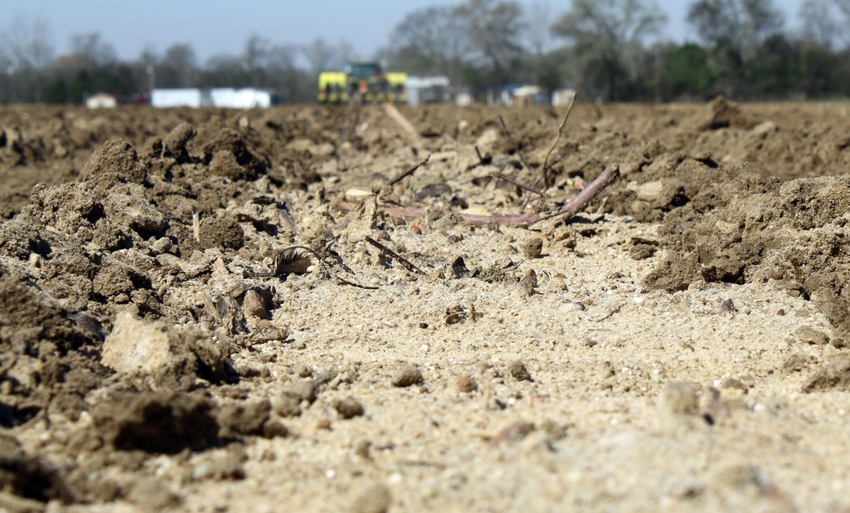
This was supposed to have been an article about the art, culture, history and science behind growing sugarcane. It promised to be a good one. Even a Great One.
To write that article, I had lined up several outstanding opportunities to share in the harvest and process of cane to turn it into that southern syrup staple. This adventure ended when I was ambushed by a splitting headache, deep fatigue, a nagging cough, raspy throat, and a mental fog. I was raised to shrug-off such discomforts and to “Charlie-Mike it,” (continue the mission). But these aren’t normal times. When a night of resistless sleep didn’t “fix things," I went in for a “nasopharyngeal-swab-PCR” test to determine if I was positive for Covid 19.
I’m not proud, but I cried as the nurse counted to 10 with the swab jammed deep into my nasal cavity. After hurriedly wiping my tears, regaining my composure, and swearing the nurse to secrecy, I drove home, self-isolated, and waited. Two days later it was confirmed. I was positive and symptomatic for COVID-19.
Because of my passion (disease and nematode management of row crops) and my current health status (COVID-19 positive), I can’t help drawing parallels between the two. Defining the four parallels below will hopefully help me take better care of myself and be a better Extension plant pathologist.
Denial
I’ll be the first to admit that I never thought I was going to get COVID-19. I was wrong. Even with the onset of initial symptoms I was in denial, attributing them to working too hard the week before, not keeping hydrated, and staying up too late too often. It was only my fear of being “that guy," the one who spreads the virus, that led me to seek help as quickly as I did. Denial is a serious problem in row crop production. Examples include a) attributing poor growth and poor yields to “sorry dirt” as opposed to checking for diseases and nematodes, and b) ignoring recommendations to treat for certain diseases, such as southern corn rust and soybean rust, because “they never hurt me before."
Prevention
I wasn’t negligent prior to catching COVID. I wore my mask and social distanced and tried to be attentive to protecting myself and those around me. But there were other guidelines I could have followed more closely. For example, frequent handwashing and disinfecting surfaces. When working outside I was less concerned about “social distancing” and wearing a mask because it seemed impractical, but also because it felt like a betrayal of trust and brotherhood with those to whom I am closest.
In crop production there are a number of practices that reduce impact of disease and nematodes, but because they are inconvenient, are often ignored. Preventative steps growers can take to reduce risk to diseases and nematodes include a) extended crop rotation with non-host crops, b) field sanitation and management of crop debris to include destruction of cotton stalks, and c) care to avoid spreading disease-and-nematode-infested soil within and between fields. None of this is easy, but it may make all the difference for future crops.
When a disease is caused by viruses, there is rarely a “cure." Today my doctor and my long-suffering bride are doing their best to keep me comfortable and to minimize risk for spread. In a sense, the same is true for some of the important diseases and nematodes affecting our row crops. If growers miss early opportunities to protect the crop early, there may not be much that can be done later to protect against nematodes and important diseases.
Testimonials
Since I caught “the COVID," I have been inundated with cures from many well-meaning friends and acquaintances. I won’t go into all of them as they have been offered with sincerity, love and concern. However the truth is there isn’t much scientific basis for more than a very few of them. Yes, the remedies may (or may not) temporarily relieve symptoms, but they really don’t fix the problem. These remedies remind me of untested, unconventional products sold to growers in their battle against nematodes and diseases. You are welcome to use whatever it is you want to use, however I strongly caution against putting too much faith (or money) in untested materials. Testimonials are fine, but if it seems too good to be true, then it probably is.
I don’t regret how I have lived in the time of Covid and I have been a “good citizen” trying to protect myself and others. However, would I have done anything differently? For the most part, no, I simply can’t isolate to the extent others have. But I could have been a little more careful and accepted a little more inconvenience. The same can be said in growing crops. Recognize that the diseases and nematodes are out there; while your crops may not be affected today or tomorrow, taking the prudent precautionary steps today may make all the difference tomorrow.
About the Author(s)
You May Also Like






